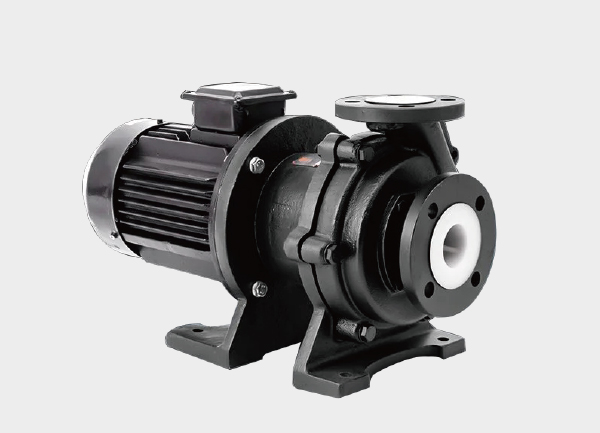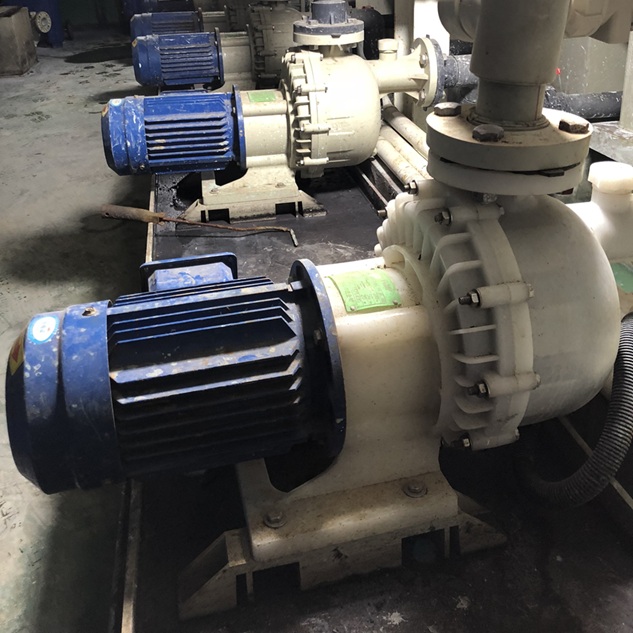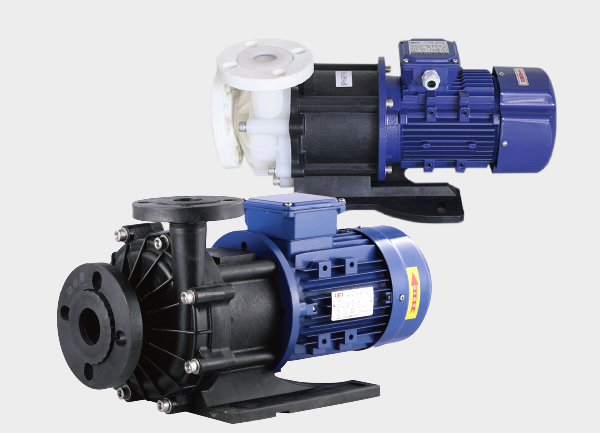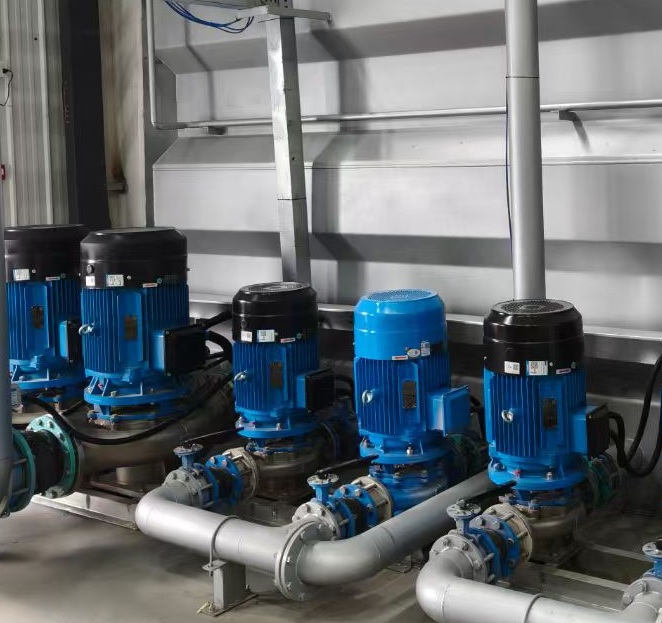A Complete Guide to Definition, Working Principles, Types, and Applications
Chemical pumps are essential pieces of equipment in modern industries such as chemical processing, pharmaceuticals, energy, and environmental protection.
They are specially designed to handle corrosive, flammable, explosive, toxic, or high-temperature and high-pressure fluids.
Compared with ordinary industrial pumps, chemical pumps must meet stricter standards for safety, corrosion resistance, and sealing performance.
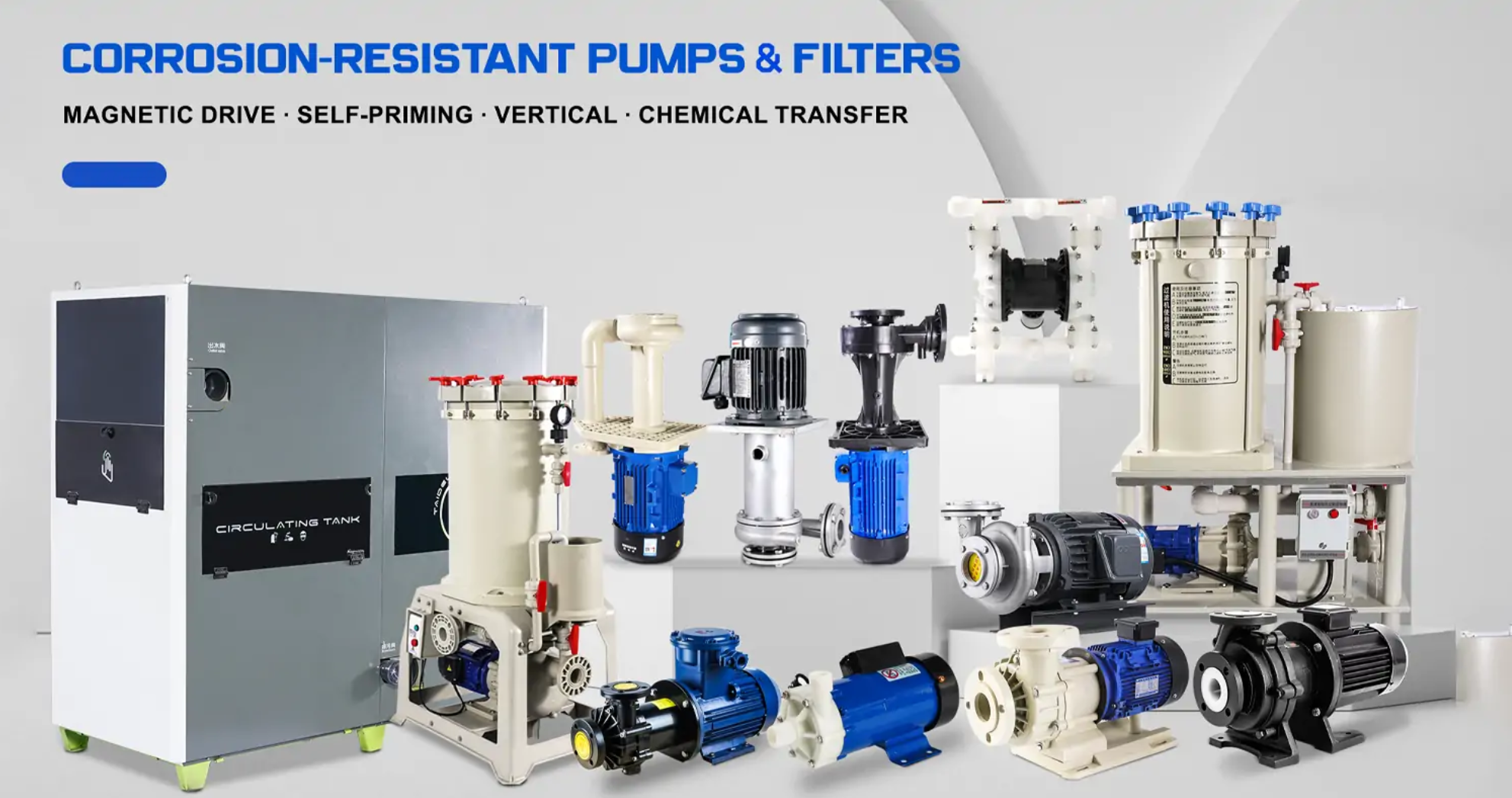
1. Definition of a Chemical Pump
A chemical pump is a specialized industrial pump used to transfer chemical substances, corrosive liquids, or hazardous materials.
It is typically made from materials that resist acids, alkalis, and high temperatures — such as stainless steel, fluoroplastics (PTFE, PVDF), rubber, glass-lined steel, or special alloys.
The structure of a chemical pump is engineered to ensure leak-free operation, providing both equipment safety and environmental protection.
2. Working Principle of Chemical Pumps
The fundamental working principle of a chemical pump is to convert mechanical energy into hydraulic energy, allowing the fluid to move from a low-pressure zone to a high-pressure zone.
Different types of chemical pumps achieve this energy conversion through various mechanisms:
Centrifugal Pump – Uses a rotating impeller to generate centrifugal force and move liquid efficiently.
Diaphragm Pump – Employs a reciprocating diaphragm to create suction and discharge cycles.
Magnetic Drive Pump (Mag-Drive Pump) – Transmits torque through magnetic coupling, eliminating mechanical seals and ensuring zero leakage.
Peristaltic Pump – Relies on rollers compressing a flexible tube to generate suction and deliver liquid smoothly.
3. Main Types of Chemical Pumps
| Type | Principle & Key Features | Typical Applications |
|---|---|---|
| Centrifugal Pump | Converts rotational energy into kinetic energy; simple design, high efficiency | Chemical production, cooling systems, water treatment |
| Diaphragm Pump | Reciprocating diaphragm creates suction; suitable for abrasive or corrosive fluids | Pharmaceuticals, wastewater, coatings |
| Magnetic Drive Pump | Magnetic coupling transmits torque; completely leak-free | Acidic/alkaline solutions, hazardous chemicals |
| Gear Pump | Uses meshing gears to move viscous fluids precisely | Oils, resins, solvents |
| Screw Pump | Helical rotor and stator form sealed cavities for smooth flow | Food, pharmaceuticals, viscous liquids |
| Air-Operated Double Diaphragm (AODD) Pump | Driven by compressed air; explosion-proof and self-priming | Paints, chemicals, solvents |
| Lobe Pump | Twin rotors deliver low-shear, reversible flow | Food, cosmetics, viscous materials |
| Metering Pump | Provides accurate dosing and flow control | Water treatment, chemical dosing |
| Vacuum Pump | Creates negative pressure or vacuum for process needs | Chemical reactors, distillation units |
| Submersible / Barrel Pump | Operates directly inside tanks or drums | Chemical storage, wastewater pits |
4. Structural Features of Chemical Pumps
Corrosion-Resistant Materials – Constructed from stainless steel, fluoroplastics, glass-lining, or rubber linings.
High Sealing Performance – Uses mechanical seals, double seals, or magnetic couplings to prevent leakage.
Optional Cooling/Heating Jackets – For temperature-sensitive fluids.
Flexible Installation – Available in vertical, horizontal, and submersible designs.
Low NPSH Requirement – Ensures stable operation even under low inlet pressure.
5. Applications of Chemical Pumps
Chemical pumps are used in almost every industrial field involving liquid transfer, including:
🧪 Chemical Processing: Acids, alkalis, solvents, corrosive reagents
🛢 Oil & Gas: Drilling fluids, additives, hydrocarbons
💧 Water Treatment: Chlorine, caustic soda, hydrochloric acid dosing
💊 Pharmaceuticals: Solvents, active ingredients, plant oils
🌾 Agriculture: Fertilizer, pesticide, and herbicide delivery
⛏ Mining & Metallurgy: Slurry, sulfuric acid, leaching agents
🍷 Food & Beverage: Syrups, juices, edible oils
🚗 Automotive Industry: Coolants, brake fluids, lubricants
6. Advantages of Chemical Pumps
Strong Corrosion Resistance – Safely handles acids, alkalis, and solvents.
Excellent Sealing – Prevents leaks and contamination.
Stable and Efficient Performance – Smooth flow with low energy consumption.
Wide Applicability – Suitable for various temperatures, pressures, and media.
Long Service Life – Optimized structure and reliable materials.
Environmentally Safe – Meets chemical safety and environmental regulations.
7. Limitations of Chemical Pumps
Higher initial cost (especially stainless steel or magnetic models).
More complex design requiring trained operation.
Maintenance and spare parts can be more expensive.
Material compatibility must be precisely matched.
Some models have limited flow capacity.
8. Safety and Maintenance Guidelines
To ensure safe and long-term operation:
Operator Training: Personnel must understand the pump’s structure and emergency procedures.
Personal Protective Equipment (PPE): Always wear goggles, gloves, and chemical-resistant clothing.
Adequate Ventilation: Prevent accumulation of toxic or flammable vapors.
Regular Inspection: Focus on seals, bearings, and impellers.
Check Chemical Compatibility: Avoid corrosion or damage from incompatible fluids.
Emergency Preparedness: Keep spill kits and emergency contacts readily available.
9. Conclusion
Chemical pumps are vital for safe and efficient chemical processing.
When selecting a chemical pump, it is crucial to evaluate fluid properties (corrosiveness, viscosity, temperature, and pressure) along with material compatibility and sealing reliability.
With proper selection, installation, and maintenance, chemical pumps can deliver long-term, leak-free, and energy-efficient operation, ensuring both production safety and environmental protection.



